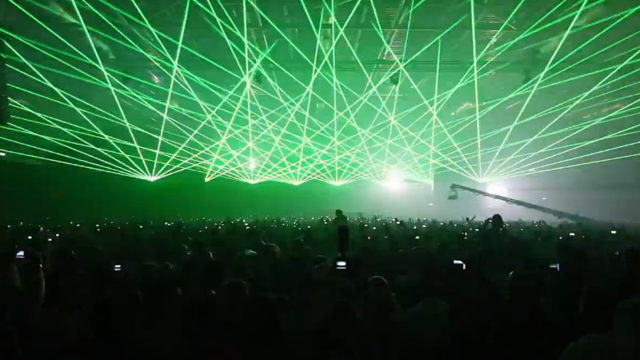Never seen a powerful one like some posted here irl.
Saw some photos in this forum of 70,000 or so lumen spotlights.
The photos are cool, but are there any photos anyone could show me with no long exposure and other camera settings/photoshop which make things brighter?
One like this one

from a similar distance,
but with closer-to-real life camera settings?
(the picture is beautiful btw, dont get me wrong)
Then I would have a better idea about what powerful spotlights are capable of and whether they are my cup of tea, or whether the brightness and throw distance is not enough for me and I should stick with tight laser beams.
Saw some photos in this forum of 70,000 or so lumen spotlights.
The photos are cool, but are there any photos anyone could show me with no long exposure and other camera settings/photoshop which make things brighter?
One like this one

from a similar distance,
but with closer-to-real life camera settings?
(the picture is beautiful btw, dont get me wrong)
Then I would have a better idea about what powerful spotlights are capable of and whether they are my cup of tea, or whether the brightness and throw distance is not enough for me and I should stick with tight laser beams.
Last edited:


